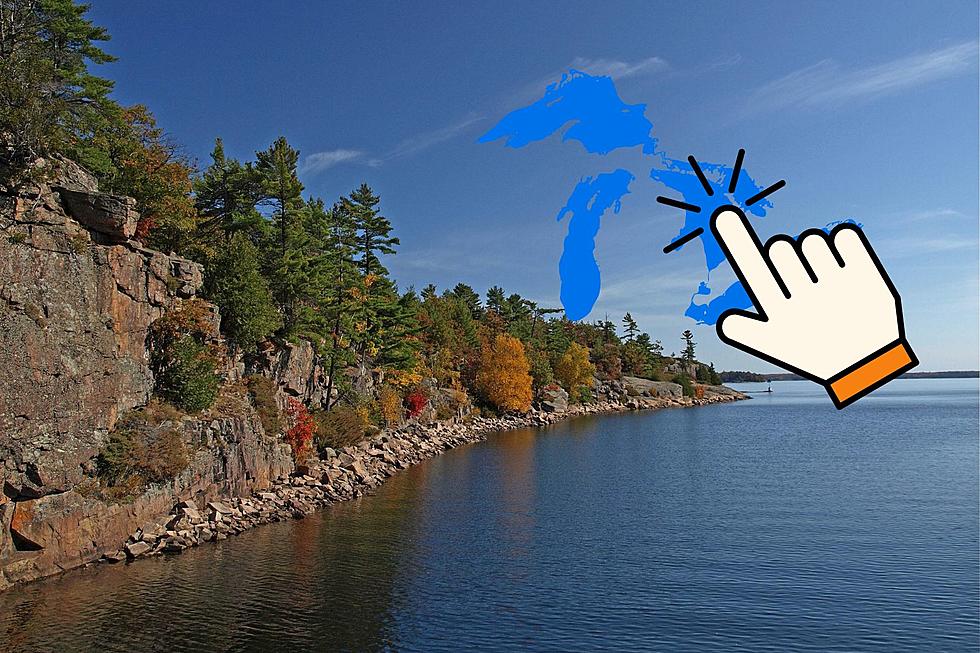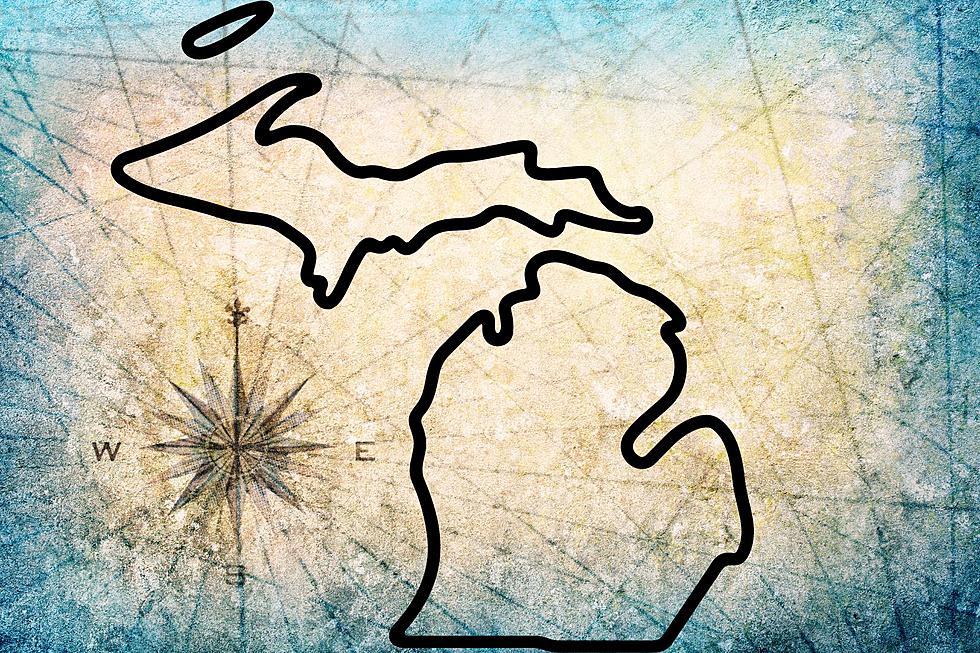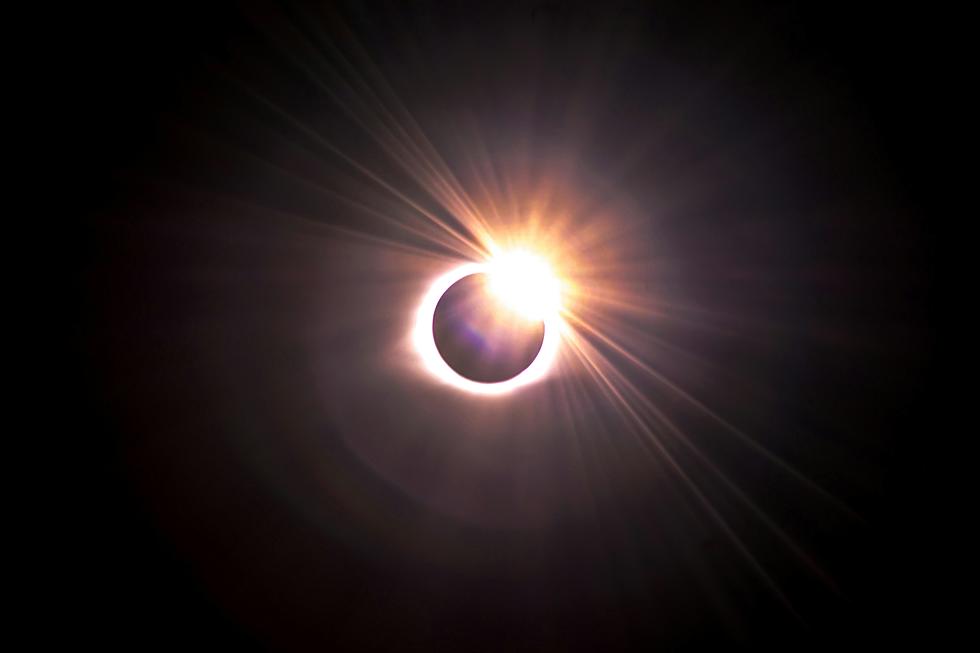
Harmful Algae Blooms Unlikely to Affect West Michigan Water
Toxic algae blooms affected the drinking water in Toledo over the weekend making it unsafe to drink and causing a two-day do-not-drink advisory.
Toledo's drinking water comes from Lake Erie.
West Michigan's drinking water comes from Lake Michigan.
Most experts agree the same harmful algae blooms are unlikely to affect drinking water that comes from Lake Michigan.
Warm, shallow water gives algae a place to grow. Agricultural runoff and other waste water sources can also contribute to the problem.
Lake Michigan is colder and deeper than Lake Erie making it more difficult for algae to form.
One expert suggests that algae blooms could form along the Lake Michigan shoreline, but says it would be "highly unlikely" for the blooms to move deeper and farther out into the lake and into our drinking water.
The Lake Michigan drinking water intake in Muskegon is one mile offshore and 40 feet deep.
Another expert warns algae blooms could grow in Lake Michigan and says controlling runoff and pollution is key.
Lake Michigan is monitored daily for a variety of water conditions.
Some algae can affect taste, while the water remains safe to drink. In June, we reported on an algae growth that was making our drinking water taste funny, but the water was still safe to drink.
More From 100.5 FM The River









